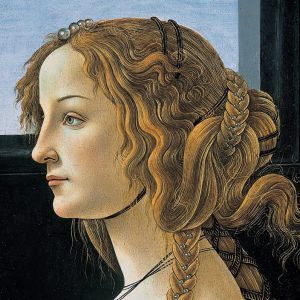On this day in history, 9 March 1454, Amerigo Vespucci was born in Florence. While not as famous as Christopher Columbus, Vespucci played a crucial role in the Age of Exploration. His legacy endures in the very name of the Americas.
Born into a prominent Florentine family, Vespucci was well-educated, particularly in navigation and astronomy. He initially worked for the Medici banking house, which gave him connections to powerful trading networks. In the late 1490s, he moved to Spain, where he became involved in organising expeditions to the New World.
Voyages and Discoveries
Vespucci took part in multiple voyages between 1497 and 1504, sailing along the eastern coasts of South America. His letters describe extensive coastlines and lands that were far larger than initially believed.
Unlike Columbus, who thought he had reached Asia, Vespucci realised these lands were part of an entirely new continent. His observations and detailed descriptions helped change the European understanding of geography.
The Naming of America
In 1507, the German cartographer Martin Waldseemüller published a world map that labelled the new continent as ‘America’ in honour of Amerigo Vespucci.
He based this decision on Vespucci’s writings, which were widely published and credited him with recognising the New World as separate from Asia. The name stuck, and eventually, both North and South America were named after him.
Legacy
Vespucci’s contributions to exploration were not limited to his voyages. He also worked as a chief navigator for Spain, helping to refine the art of mapmaking and maritime navigation. He died in 1512, but his name remains one of the most recognisable in the history of exploration.
While Columbus may have made the first European contact with the Americas, it was Vespucci who helped the world understand their true significance. Italy’s renowned naval training ship is also named after the explorer.


![Amerigo Vespucci and Villaggio Italia in Saudi Arabia Amerigo Vespucci, tall ship. Credit: By Harley D. Nygren - NOAA's America's Coastlines Collection, Image ID: corp2248 ([1]), Public Domain, https://commons.wikimedia.org/w/index.php?curid=735566](https://italynews.online/wp-content/uploads/2025/01/1079px-Amerigo_vespucci_1976_nyc_aufgetakelt-1-300x300.jpg)


